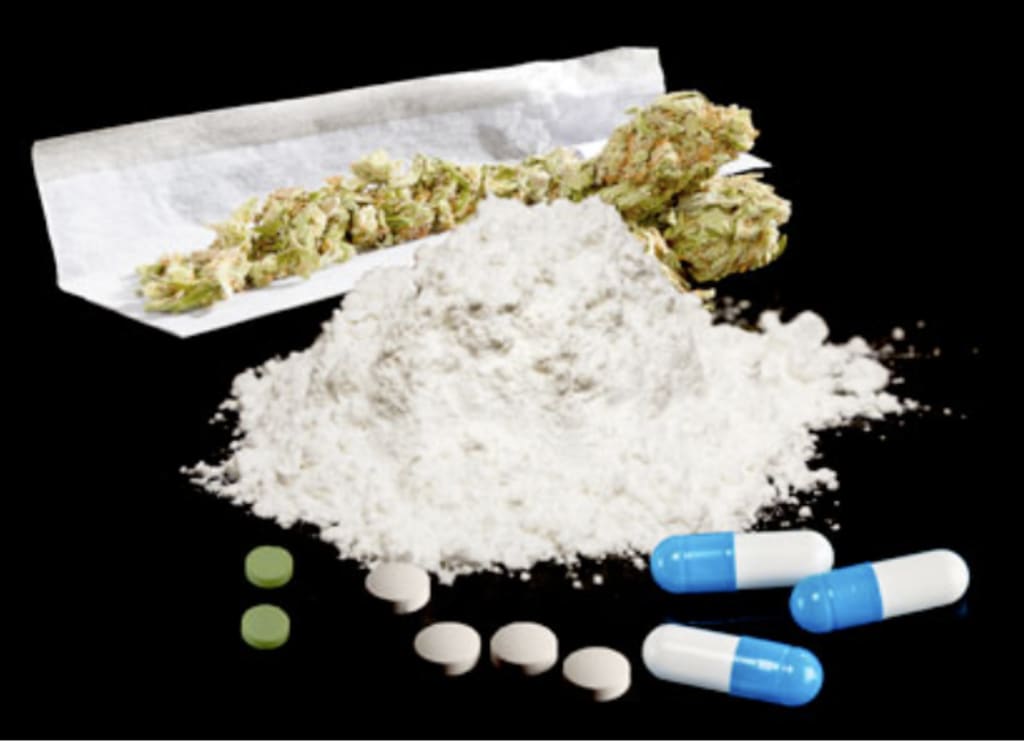
Opioids and Opiate Use Disorder is a very common health problem that is affecting millions of people in the United States. It affects people in all age groups, and can be treated successfully with the right treatment options. This article discusses some of the signs and symptoms, treatment options, and comorbid conditions that can arise from this condition.
Signs and symptoms
Taking opioids for longer periods than prescribed can lead to addiction. If you think a loved one has opioid use disorder, talk to their health care provider. Then, get treatment as soon as possible.
Opioids are synthetic chemicals that interact with opioid receptors in the body. They help relieve pain and may also have a calming effect. However, abuse can lead to addiction, withdrawal symptoms, and even death.
A few of the most common opioids include heroin, morphine, oxycodone, and hydrocodone. Opioids come in a variety of forms, from crushed tablets to powders. To avoid an overdose, keep opioids in a safe place.
People who misuse prescriptions usually get them from family and friends. In addition to the physical signs of abuse, people who misuse these drugs may show behavioral changes, including a decreased ability to stay awake.
One of the most important signs of opioid use is the euphoria they can produce. When opioids are used, the brain's decision-making process is affected.
Long-term course
Taking opioids for long periods increases the risk of addiction. Opioids, which are synthetic chemicals, interact with opioid receptors in the brain and reduce pain. However, they also can cause a variety of physical, psychological and social problems.
Opioids are prescribed to treat chronic pain. Studies have found that they are generally moderately effective at reducing pain, although they have small benefits for functional outcomes.
Long-term opioid use poses a high risk of abuse, overdose and addiction. It is not known exactly what causes this condition, but it is likely a combination of genetic and environmental factors.
Opioids are addictive and physically and psychologically harmful. Whether or not the drug is used in an unhealthy manner, it can lead to dependence and overdose.
A growing public health crisis, opioid use disorder is a serious disease. Treatment is available and often includes cognitive behavioral therapies, self-help groups, and medications to help the person stop using the drugs. Depending on the severity of the disorder, people can be hospitalized or treated in a rehabilitation facility or outpatient setting.
Treatment options
Fortunately, there are many treatment options for opioids and opiate use disorder. These include medication-assisted treatment (MAT) which blocks the euphoria that is associated with the use of opioids. MAT also can help with withdrawal symptoms.
Medication-assisted treatment includes medication, behavioral therapies, and counseling. MAT has been shown to reduce opioid use and overdose. It has also been shown to sustain recovery.
Opioid use disorder is a medical condition that can be treated in an outpatient or inpatient setting. Medications used for MAT may include methadone, buprenorphine, or naltrexone.
Although many individuals can successfully quit their addiction without treatment, others may require more intensive support. This can include group therapy and peer support. Typically, an effective care team includes a psychiatrist, a counselor, and social workers.
The goal of opioid treatment is to prevent overdose and reduce cravings. An inpatient or outpatient program will also provide counseling and relapse prevention training. In addition, some centers will offer vocational services and educational opportunities.
Comorbid conditions
Using opioids can cause a number of physical and psychological problems. They can also be addictive. Opioids can help relieve pain and provide a sense of euphoria. However, they are not intended to treat chronic or terminal illnesses, and they can be misused.
A number of studies have found that those who have a comorbid mental health condition are at an increased risk of using opioids. It is unclear if this association reflects early life adversity or a disruption in the reward circuit.
One study examined the relationship between opioid use and comorbid disorders among 271 adults with serious mental illness. The study found that depression was the most common comorbid condition. Researchers found that the presence of comorbid OUD and bipolar disorder significantly increased the risk of suicide attempt.
Women with opioid use disorder are more likely to have co-occurring mental health problems, including posttraumatic stress disorder, postpartum depression, and anxiety. There are several treatment options for these women. Some include medication-assisted treatment (MAT), which involves counseling and medications to manage cravings and reduce opioid use.





Comments
There are no comments for this story
Be the first to respond and start the conversation.